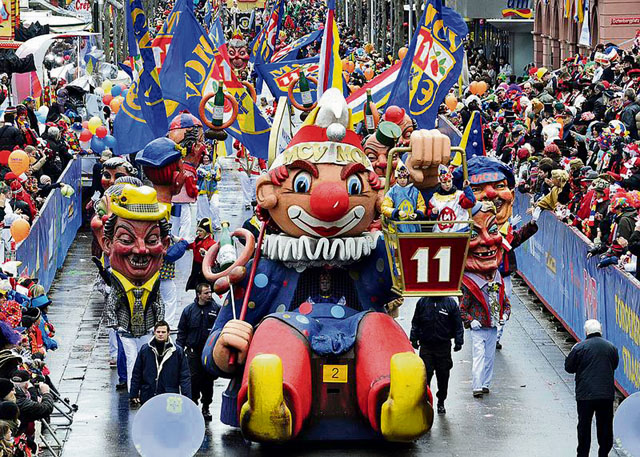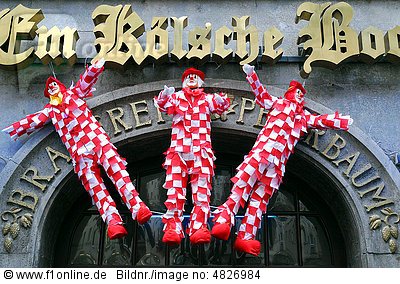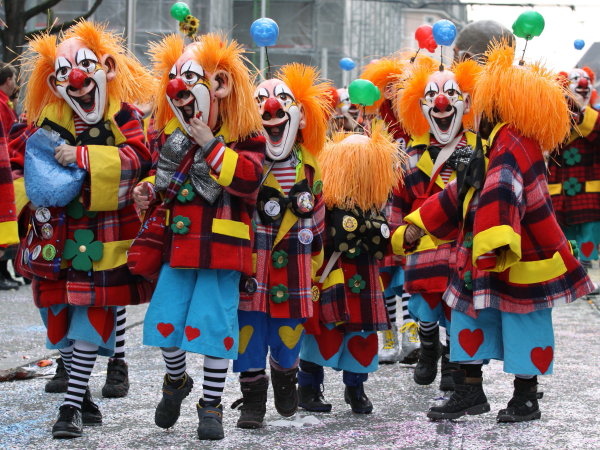Mardi Gras Around the World Series- German Mardi Gras!!
Carnival or Mardi Gras goes by many names in Germany, depending on the region and dialect. Whether you call it Fastnacht, Fasching or Karneval, it is a time for revelry, humor, and satire. They are all one and the same thing: pre-Lenten festivities celebrated in grand style in mostly the predominantly catholic regions of the German-speaking countries. The Rhineland has its Karneval; Austria, Bavaria and Berlin calls theirs Fasching; and the German Swiss celebrate Fastnacht.
Fasching, also nicknamed fünfte Jahreszeit or närrische Saison by Germans, officially begins in most regions in Germany on the eleventh of November at 11:11 am or the day after Dreikönigstag, so on January 7th. The big bash celebrations are however not on the same given date each year, instead the date varies depending on when Easter is held. Fasching culminates into Fasching week which begins the week before Ash Wednesday.
- Weiberfastnacht – Thursday before Ash Wednesday. This is mainly an event held in the Rhineland. The day begins with women storming into and symbolically taking over city hall. Then, women throughout the day will snip off men’s ties and kiss any man that passes their way. The day ends with people going to local venues and bars in costume.
- Parties, Celebrations and Parades – People will celebrate in costume at various carnival community events and individual parties. Carnival parades abound, it is literally the weekend for people to live it up.
- Rosenmontag – The largest and most popular carnival parades take place on the Monday before Ash Wednesday. These parades come mostly from the Rhineland region. People throughout the German-speaking countries will tune in to watch the biggest German carnival parade of all which is held in Cologne.
- Fastnachtsdienstag – Besides some parades which are held on this day, you have the burial or burning of the Nubbel. A Nubbel is a life-size doll made of straw that embodies all of the sins committed during carnival season. It is buried or burned with great ceremony on Tuesday evening before everyone parties one more time till Ash Wednesday arrives.
Fasching or Karnival celebrations stem from various beliefs and needs. For catholics, it provided a festive season of food and fun before the Lenten fasting period would begin. During the late medieval times, plays were performed during the Lenten period called Fastnachtspiele.In pre-Christian times, carnival celebrations symbolized the driving out of winter and all of its evil spirits. Hence the masks to scare away these spirits. The carnival celebrations in southern Germany and Switzerland reflect these traditions.Further, we have carnival traditions that can be traced back to historical events. After the French Revolution, the French took over Rhineland. Out of protest against French oppression, Germans from Cologne and surrounding areas would mock their politicians and leaders safely behind masks during carnival season. Even today, caricatures of politicians and other personalities can be seen boldly portrayed on floats in the parades.
Helau and Alaaf are carnival cries to state either the beginning of a carnival event or greetings declared among carnival participants.



Leave a Reply